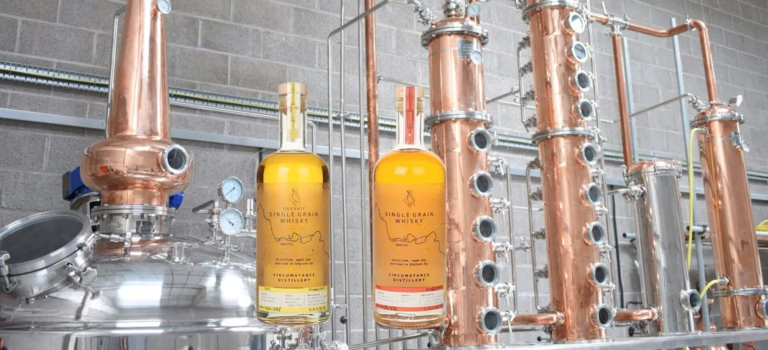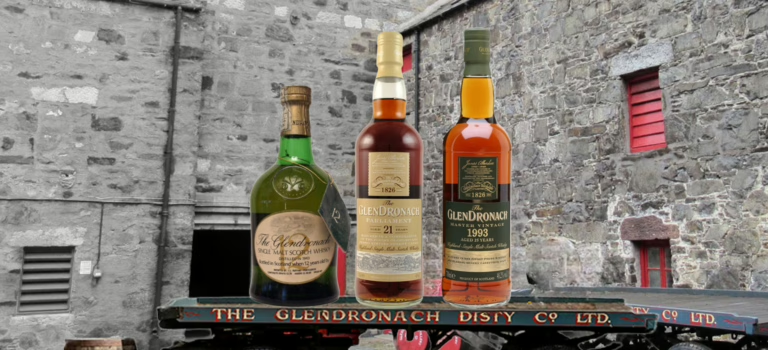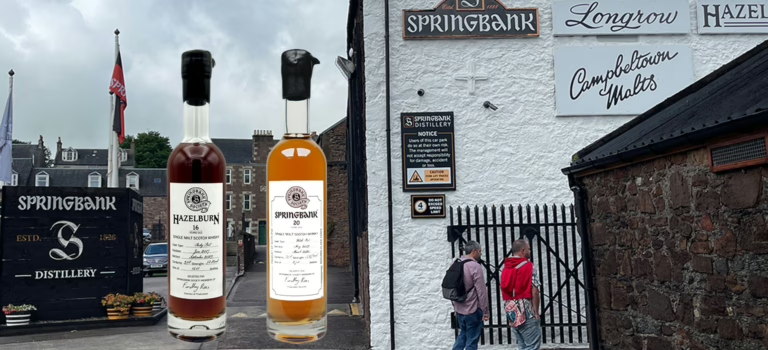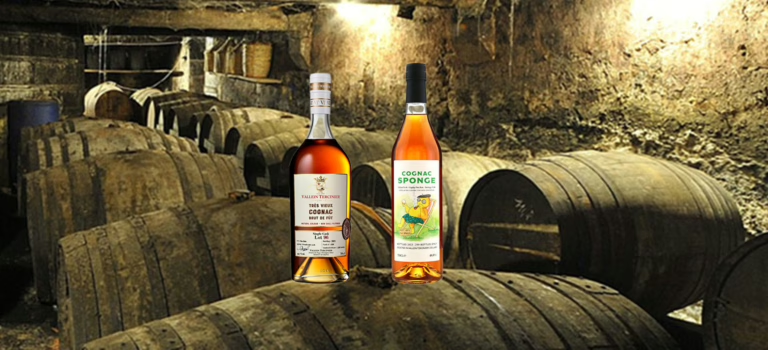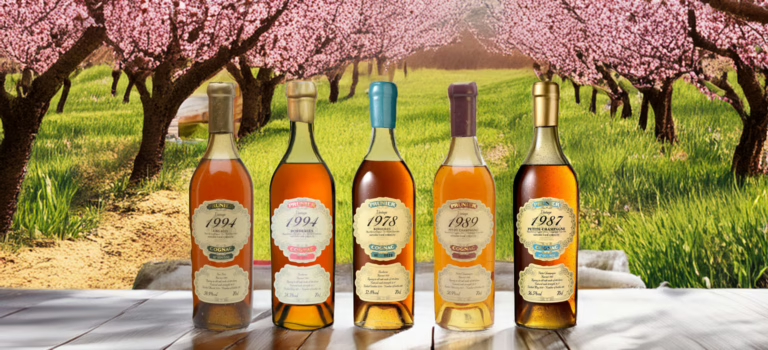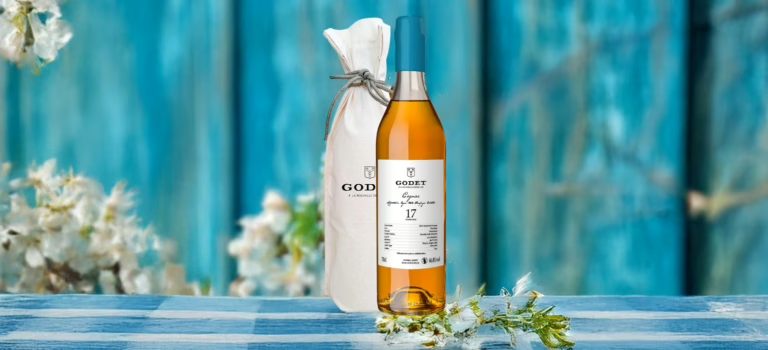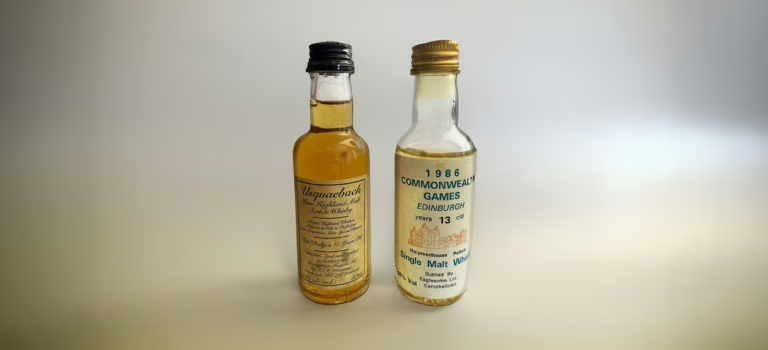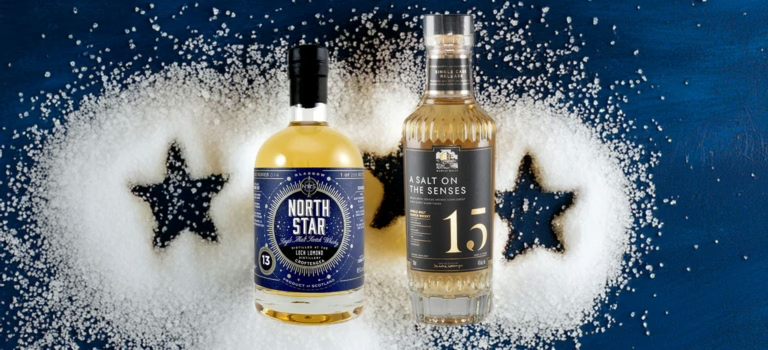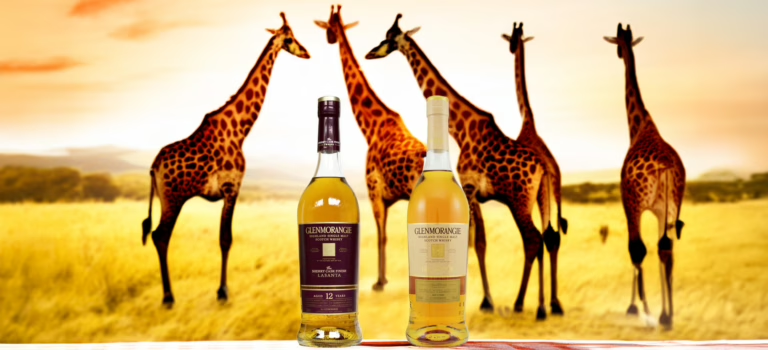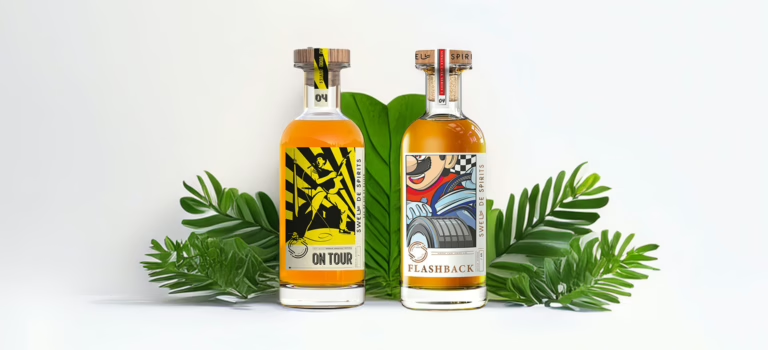Today we explore five Prunier cask strength vintage cognacs, moving from Fins Bois to Borderies to Petite Champagne, with vintages ranging from 1978 to 1994 harvests.
Early last year, a good friend introduced me to the Prunier Cognac house when he shared the last of his 1979 Prunier cognac, bottled by The Whisky Jury, during an SMWS tasting in Paris on my birthday. A few days later, back home near Rennes, I tried the cognac and was amazed by its quality, bursting with tropical fruits. I spent days searching the Internet for another bottle but unfortunately found none. Fast forward to December 2024, and I discovered a Prunier Horizon in my Cognac-Expert Advent Calendar. Although not as tropical, it was equally stunning with vibrant fruitiness.
When I planned a trip to Cognac in February to visit distilleries and merchants, I made sure to include Prunier. Though they don’t typically welcome visitors, I arranged to spend an afternoon with Alice Burnez as an on-trade visitor, thanks to my own company, Whisky Sans Souci. Alice gave me a wonderful tour, explaining the history of their house and showing me their cellars and the process of hand-waxing and sealing bottles with a wire cage and painted lead seals.
Alice and her sister Claire prepared a large lineup of bottles for me to try. As we worked through the samples, I couldn’t stay longer, so they kindly provided me with samples from the rest of the lineup to review later with a fresh palate. I left Prunier with five cask strength vintage cognac samples (and purchased a stunning bottle of a vintage 1979 and some branded glasses). Now, it’s time to review them!
Read more →
